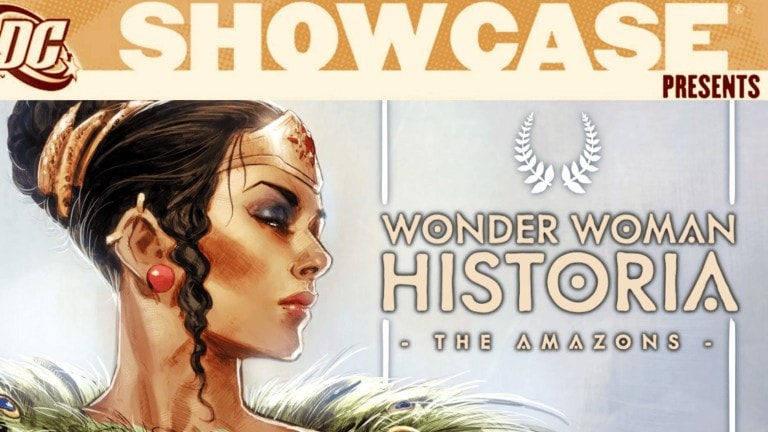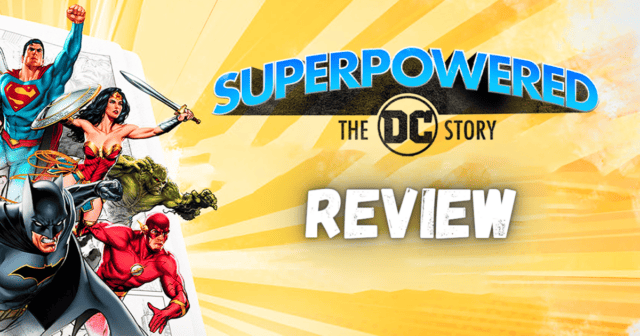DC Showcase: ‘Penguin: Pain and Prejudice’ Comic Review
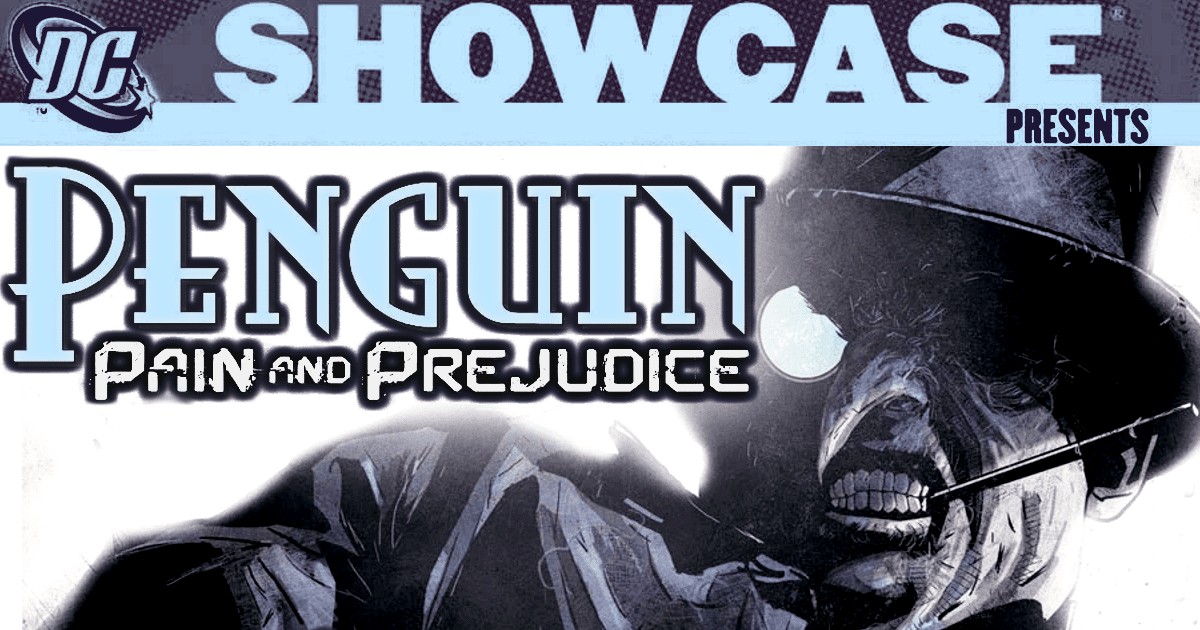
Penguin: Pain and Prejudice is a beloved five-issue miniseries by Gregg Hurwitz, Szymon Kudranski, and John Kalisz detailing the origin of Oswald Cobblepart and his psychological motivations.
The story was one of the first comics released after Flashpoint in 2011, when the rebooted “New 52” universe was reshaping DC Comics. Seven decades of comics history had been thrown out the window, and DC needed to quickly re-introduce all of their legacy characters with updated portrayals. As a result, Pain and Prejudice immediately became the de facto origin for Penguin in the new timeline. But by the sheer strength of the comic, it has proven itself to be a definitive, timeless Penguin story in its own right.
The Penguin is a long-standing, well-known Batman villain, yet he’s often demoted to a goofy side character. True Penguin stories are very rare, and usually don’t last longer than a few comic issues. Until recently, the most well-known interpretation of the Penguin for modern audiences was Danny DeVito from Tim Burton’s Batman Returns – a film that’s now over 30 years old.
But in the past year, the perception of Penguin in pop culture has changed. Matt Reeves’ The Batman film reinvigorated the legend of Oswald Cobblepot as a down-trodden but ambitious mobster played sympathetically by Colin Farrell. The new interpretation was so richly creative that a Penguin spin-off series was greenlit quickly after the film’s release, and is already in production now.
So in this installment of DC Showcase, let’s see what Penguin: Pain and Prejudice can tell us about Penguin’s upcoming HBO Max series and how it could influence Oswald Cobblepot’s future in Matt Reeves’ The Batman universe!
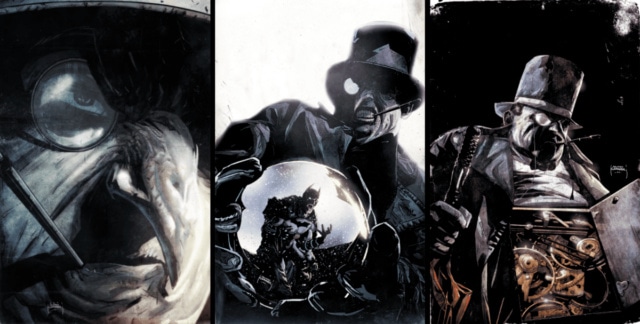
Pain and Prejudice gives Penguin a tragic backstory
In Penguin: Pain and Prejudice, Gregg Hurwitz and Szymon Kudranski build the new Penguin lore for a new era, giving a backstory to all his strange quirks while diving into the Penguin’s deepest motivations. The comic presents a fascinating new approach to the usually comical character, keeping his classic elements but grounding them with a sense of realistic psychological tragedy.
The story demonstrates how terrifying the crime boss can be in the post-Flashpoint universe. Frustrated with his constant humiliations, Penguin schemes up a master plan to take revenge against all of Gotham City. However, Batman is close on his tail and the action quickly escalates into a concussive cacophony of chaos.
The modern-day action is intercut with flashbacks to Penguin’s youth. As a child, Oswald Cobblepot was bullied because of the physical differences of his body. Hurwitz reframes Oswald’s life as a tragic quest for validation: Penguin just wants to be loved. Yet as he gets older, he twists this into forcing others to love him. Eventually, Oswald grows up to become a cold-hearted, ruthless, and generally horrible person. He defends his actions by sulking over the injustices against him. In Penguin’s eyes, a world that is cold and heartless deserves to be treated coldly and heartlessly.
By the same token, Penguin reciprocates warmth to those who treat him warmly. Hurwitz builds sympathy for Oswald by showing how much he cares for his aging mother, the only person who ever loved him.
Pain and Prejudice includes two other examples of Penguin’s selfish generosity, both of which backfire by his own hand. The first is an employee who mourns when a mutual friend dies. Penguin offers the coworker a significant raise, to which she responds “Love doesn’t require any payment,” a concept utterly foreign to Oswald’s ears. The second is when Oswald gets a new girlfriend and showers her with love and presents. However, he continually pushes her away because in his self-loathing, he thinks the woman only loves him because she’s blind.
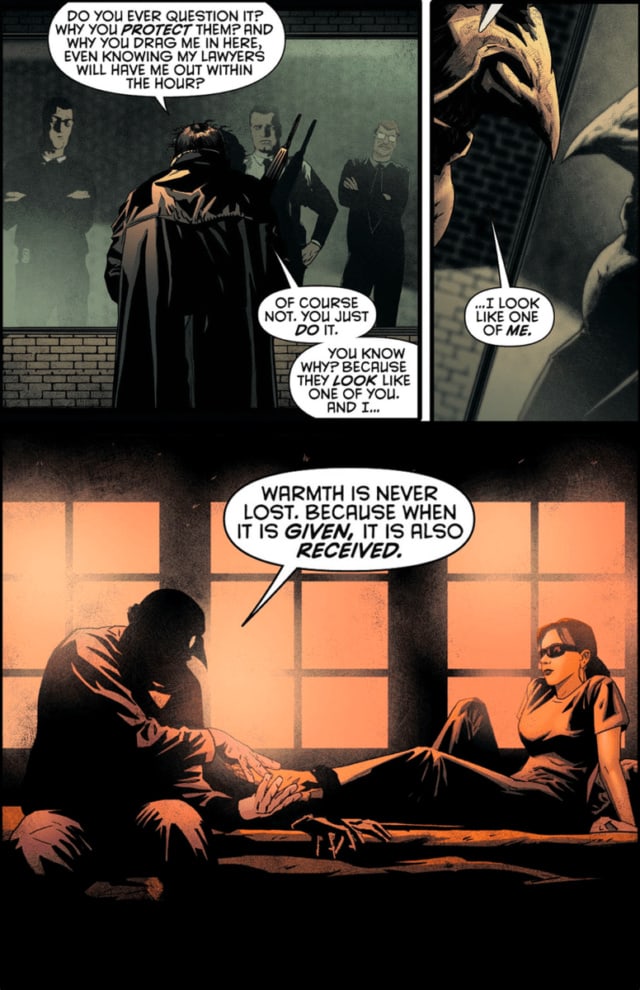
In Oswald’s pathetic, self-victimizing distortion of reality, the entire world hates him because of how he looks. As a result of this harsh worldview, Penguin is unable to understand genuine kindness or take responsibility for his actions. He tries to steal his way into the hearts of those he cares about and waves away the consequences of his actions as the prejudice of an unfair world.
There aren’t many definitive Penguin series because he’s a difficult character to write seriously. This is what makes Penguin: Pain and Prejudice so special: Hurwitz lets the story be driven by character more than plot. His goal was to firmly re-define Penguin for the New 52, and the comic absolutely accomplishes this. Pain and Prejudice’s darkly emotional portrayal of Oswald Cobblepot establishes a realistic and understandable characterization of one of Batman’s oldest and most ridiculed foes for maybe the first time ever.
The visual style of Penguin: Pain and Prejudice
Szymon Kudranski’s lines with John Kalisz’s coloring makes the art as viciously cold as the story. Heavy shadows cloud the blue-tone images, punctuated by violent shocks of red. The moody, monochromatic visuals feel as cinematic as The Batman universe in comic form. The dark, explosive finale should feel silly, but Kudranski’s gritty textures keep the story emotionally rooted in the world of Gotham. Of all the many things to love about this comic, the shadowy spectacle of Pain and Prejudice was my favorite aspect of the miniseries.
But the comic isn’t all grit! As appropriate to a true Penguin story, the creators skillfully incorporate all the cartoony elements from the most beloved Penguin iconography, including his signature umbrella, monocle, and penguin robots. The art of Pain and Prejudice is brilliant for how faithfully it depicts the goofiness of its main character while respecting Oswald enough to treat him realistically.
With the combined visions of Hurwitz, Kudranski, and Kalisz, Penguin: Pain and Prejudice becomes a psychologically grounded tragedy that retains the joyful camp of comics. If this sounds familiar, it’s because the atmosphere of this story feels like an exact match for the tone and direction used in The Batman (2022).
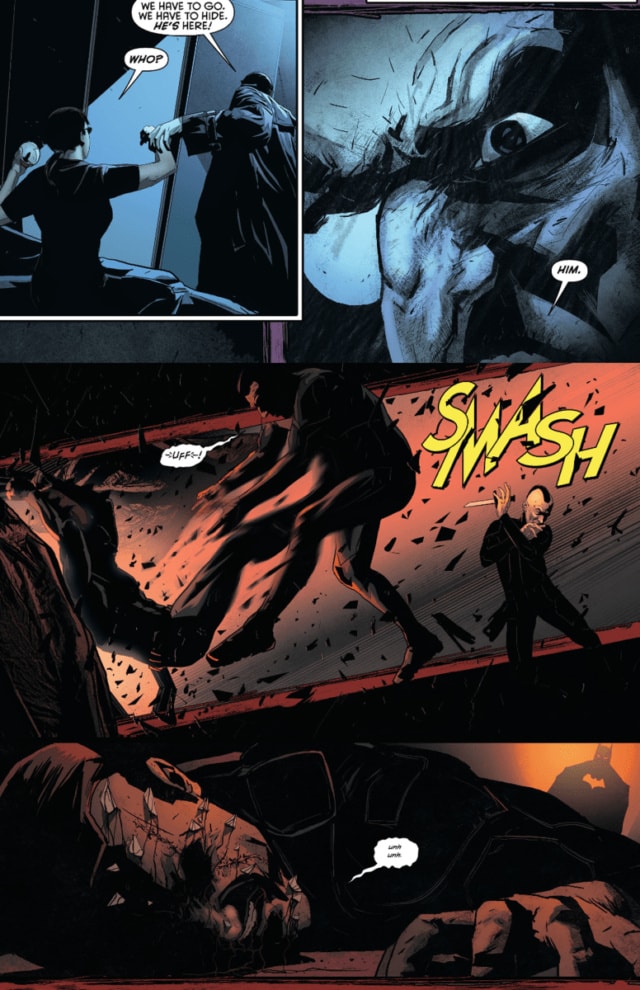
Penguin: Pain and Prejudice is a cinematic companion comic
One of the most exciting elements about Pain and Prejudice and the upcoming Penguin HBO Max series is that the comic skips Penguin’s actual rise to power. Although it’s an origin story, the focus in the comic is mainly on Oswald’s childhood. That means there is a large chunk of time in Penguin’s young adult life that remains unaccounted for.
Coincidentally, Penguin’s rise to power is the exact timeframe that the HBO Max series will likely cover. Given how closely the style of the comic aligns with The Batman’s cinematic universe, I think there is a strong likelihood that the comic and TV series will be able to fit together seamlessly to tell the ultimate Penguin saga.
Outside the central character, Pain and Prejudice also features an awesome early Batman. This a young, slightly clumsy hero who is still struggling to navigate moral boundaries, but he is a brutally efficient fighter and uses the shadows more stealthily than many other Batman comics I’ve read. The Batman in this comic could easily be swapped for Robert Pattinson’s interpretation in The Batman. Even Kudranski’s Penguin design heavily foreshadows Colin Farrell’s modern look in the movie.
In fact, the whole world that Hurwitz and Kudranski create here resembles Matt Reeves’ new universe so closely that I could hear Michael Giacchino’s theme while reading. Pain and Prejudice is the perfect cinematic companion comic for Penguin’s story in the new The Batman franchise.
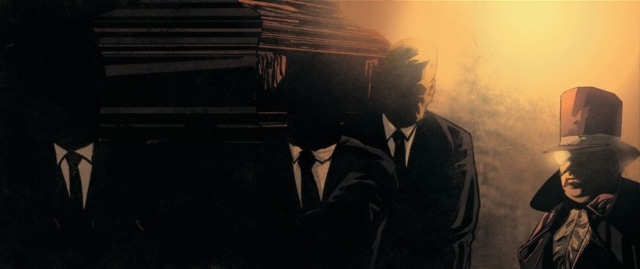
Is Penguin: Pain and Prejudice for new readers?
Penguin: Pain and Prejudice is completely new-reader friendly. The story builds on the common conceptions of Penguin, so being familiar with his various iterations from the comics, animation, or live-action would certainly help, but isn’t necessary at all. Pain and Prejudice is a fresh, standalone introduction to Oswald Cobblepot and his relationship to Gotham City.
For further reading, the Batman Arkham: Penguin comic book is an exciting compilation of Penguin’s best short stories across the decades. This collection also includes Joker’s Asylum: Penguin #1, a quick one-shot by Jason Aaron and Jason Pearson from 2008 which supplied some of the basic story ideas in Pain and Prejudice.
For related Penguin adventures in multimedia, I have to recommend Tim Burton’s Batman Returns, since that was the key inspiration for much of the lore Pain and Prejudice builds on. I might also suggest the “Birds of a Feather” episode of Batman: The Animated Series as another example of a humanized approach to the character.
My verdict on Penguin: Pain and Prejudice
As a general warning, Gregg Hurwitz has an uncomfortable approach to people with physical differences or who are differently abled, but this is an inherent part of the sympathetic story he’s trying to tell.
The plot logic falters as the pace picks up but the story is driven almost purely by the strength of Oswald’s characterization and his heartbreaking emotional journey, and the suspense, action, and Szymon Kudranski’s fantastic art are strong enough to keep the experience exhilarating until the very end.
Overall, Pain and Prejudice is one of the most terrifying and tragic versions of Oswald Cobblepot I have ever seen. From the ruthless characterization to the moody art, this is an essential recommendation for anyone looking for a great comic set in a cold, gritty Gotham City. If you’re interested in a serious take on the Penguin and looking for more stories in the style of Matt Reeves’ The Batman, this the ultimate comic for you to check out.
Have you read any Penguin comics before? Who is your favorite version of the character? Let me know on Twitter @vinwriteswords and remember to follow the site @MyCosmicCircus for more comics coverage coming soon!
Check out our full list of DC Showcases here, including our review of Wonder Woman Historia!
DC Showcase: Wonder Woman Historia: The Amazons
Review: New 3-Part Documentary ‘Superpowered: The DC Story’

